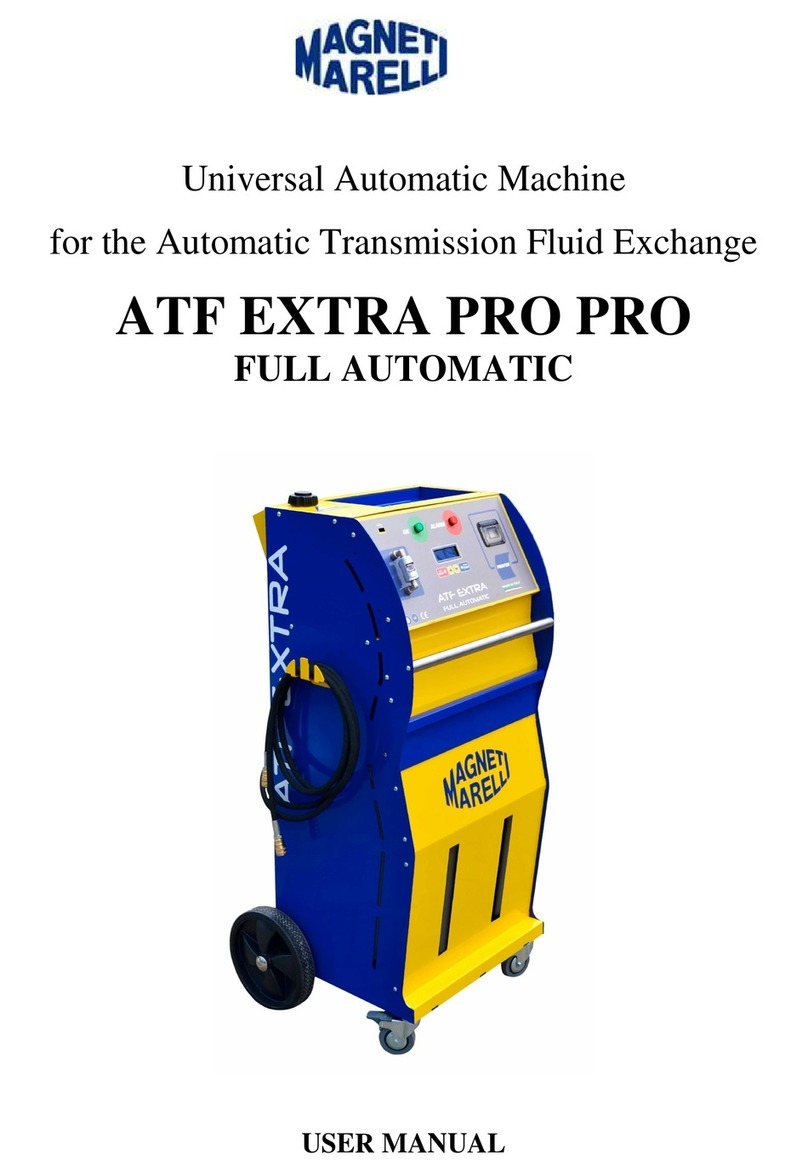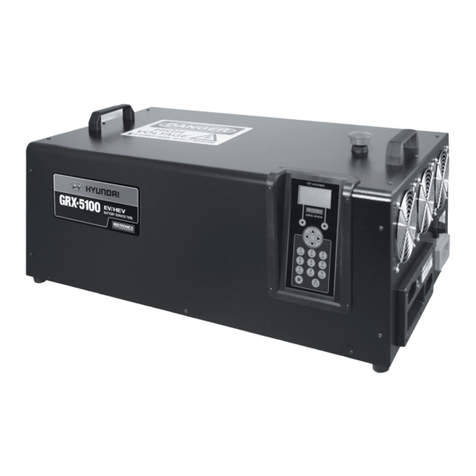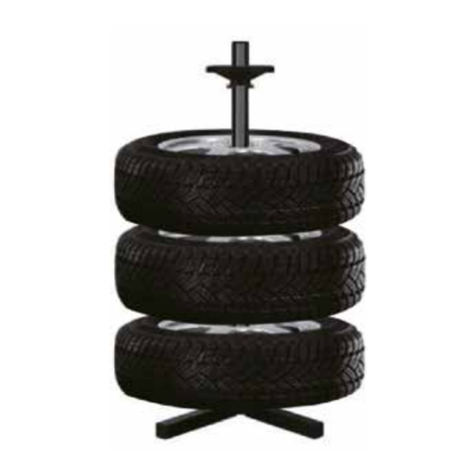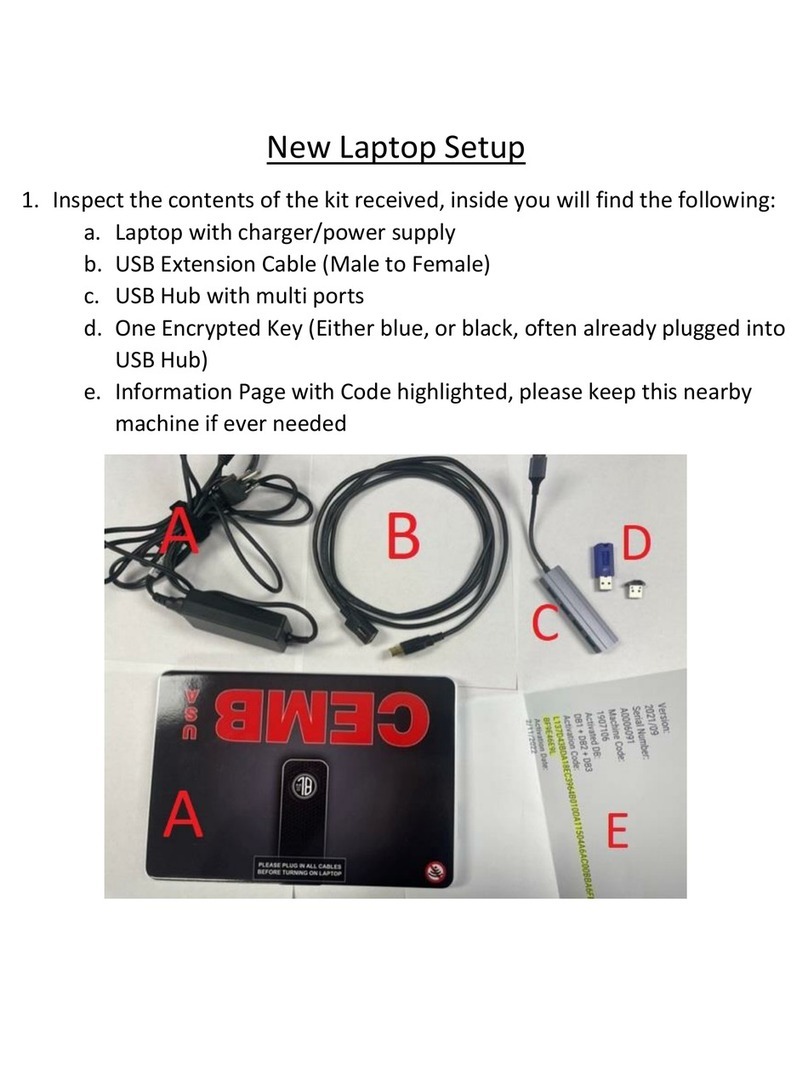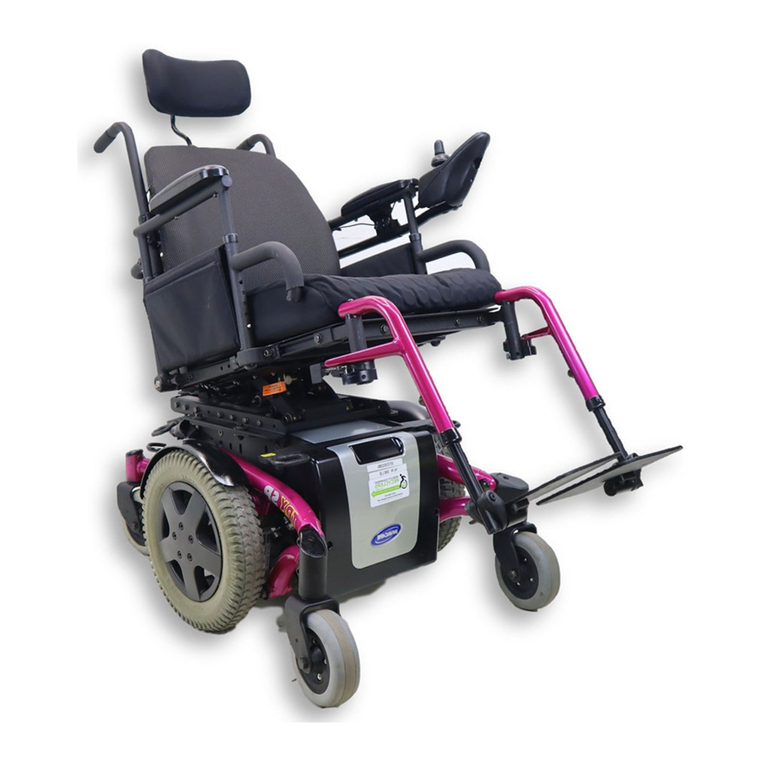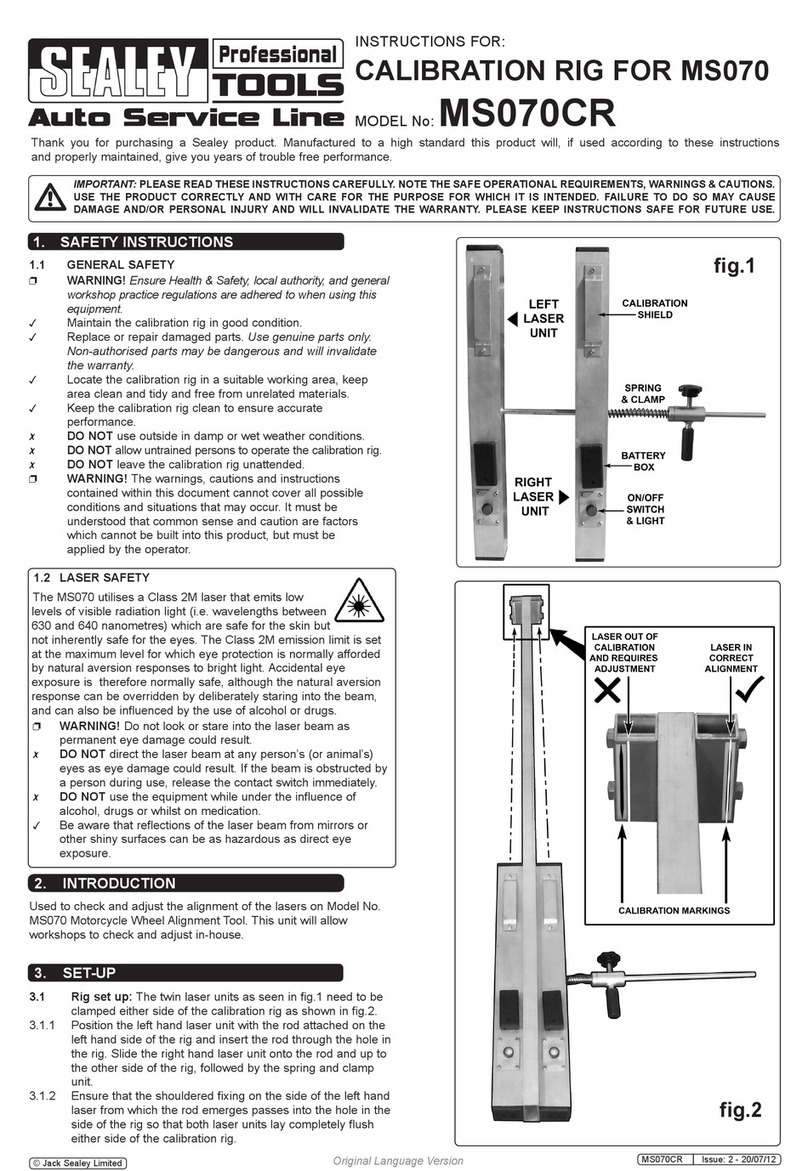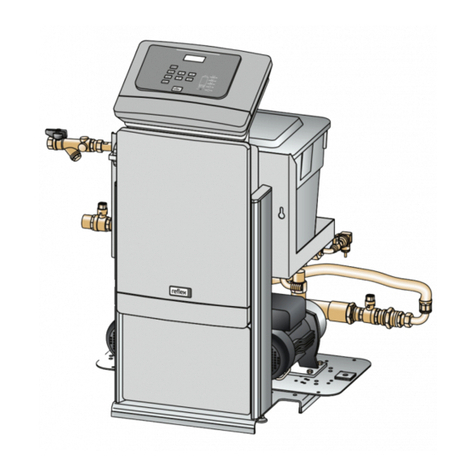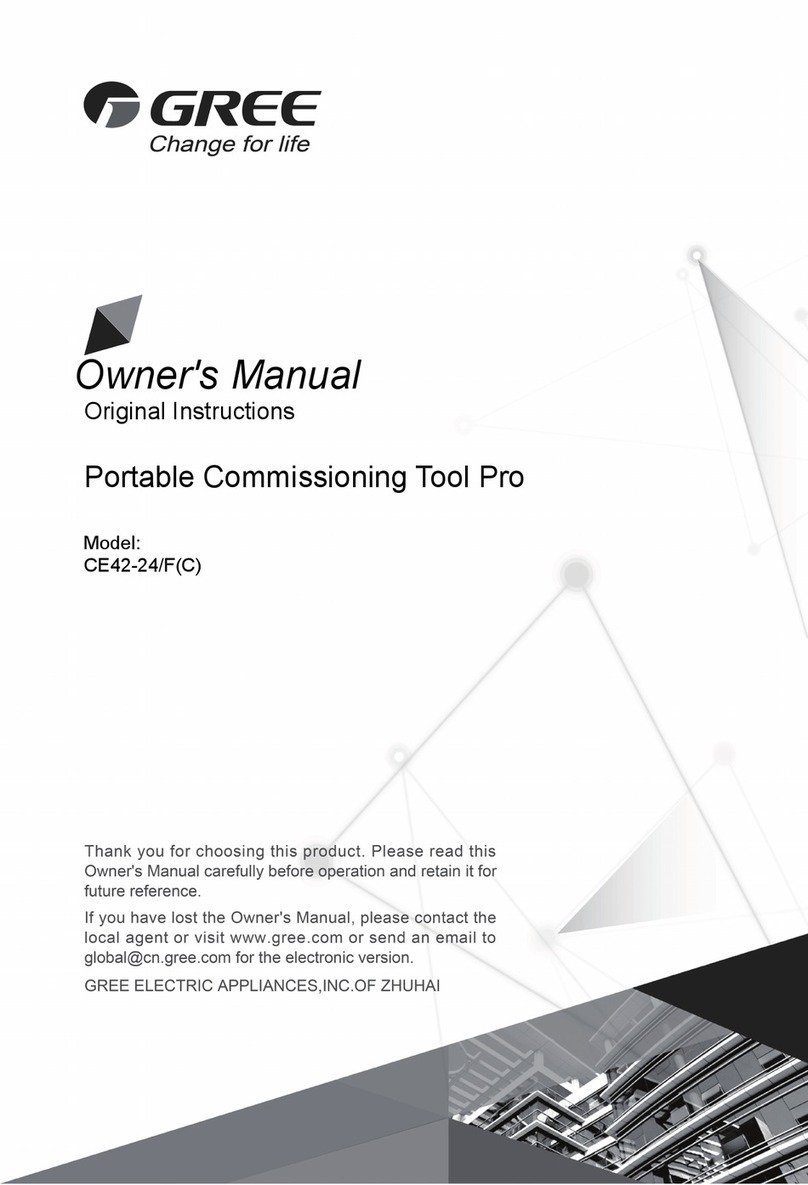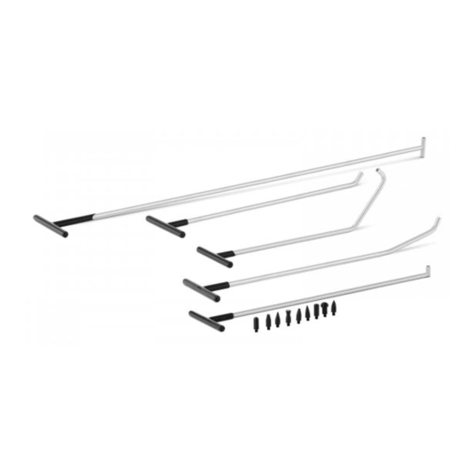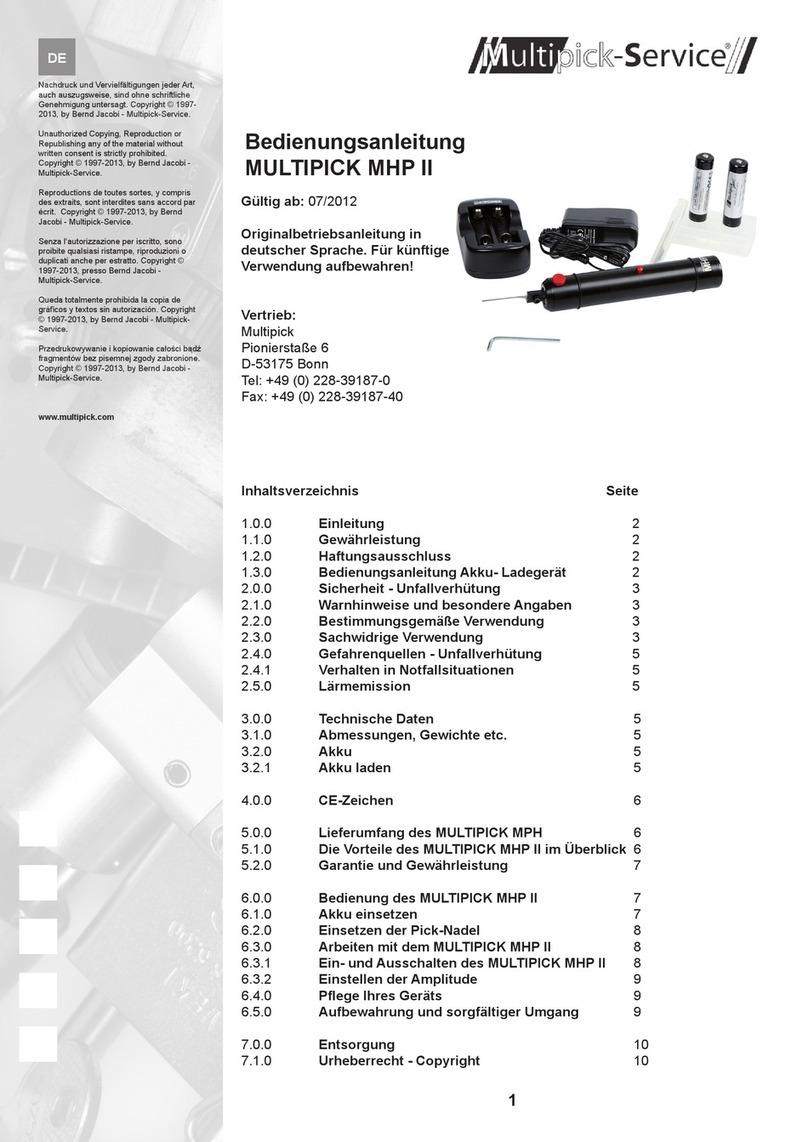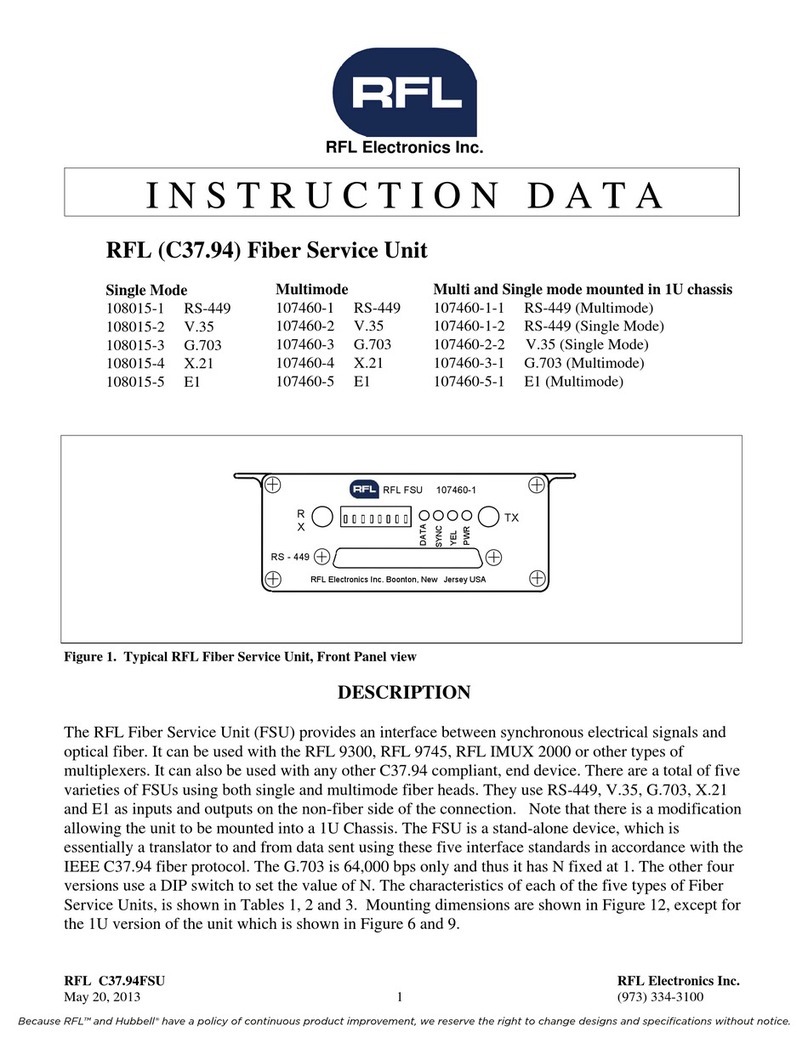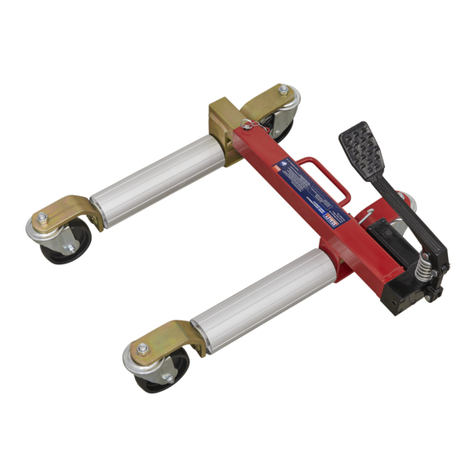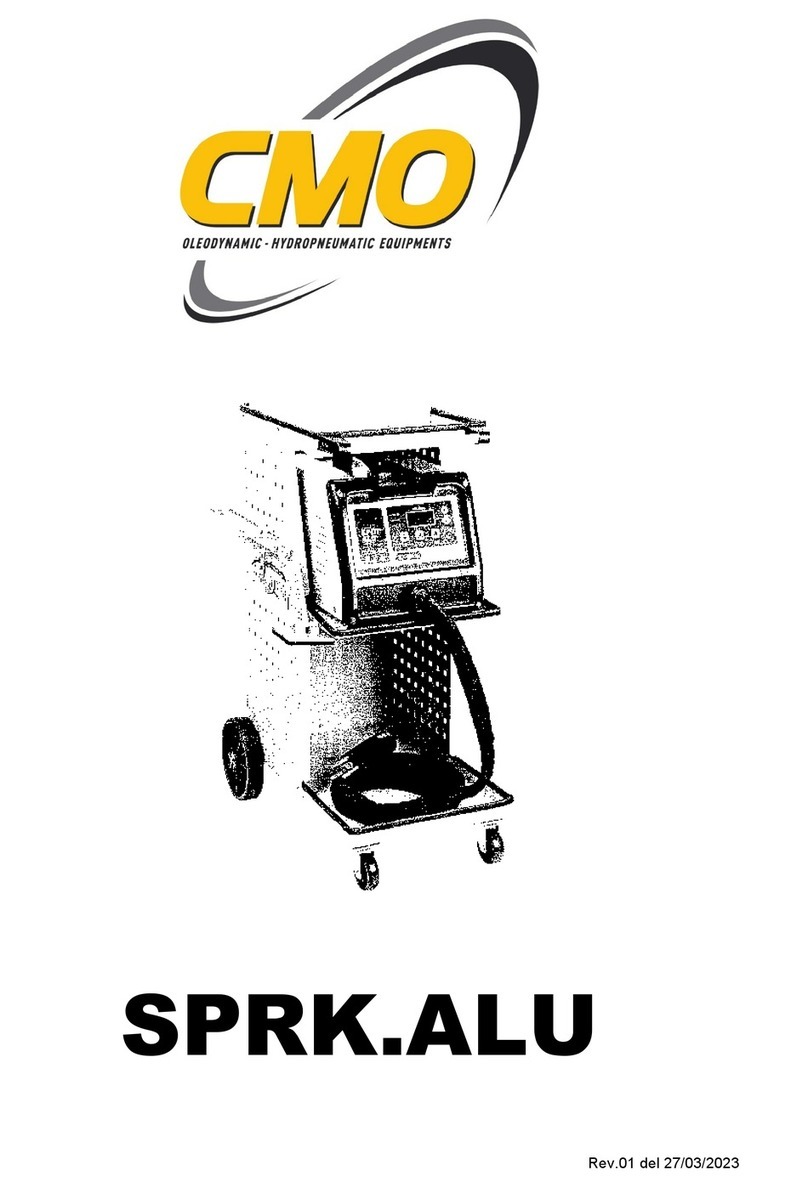
Table of Contents
Introduction ...........................................................................................................................................3
Overview ................................................................................................................................................4
System Features and Functions ......................................................................................................... 5
System Features and Functions ........................................................................................................
Hose and Battery Connections ..........................................................................................................
Fuel Filter ...........................................................................................................................................
Theory of Operation………………………………………………………………………………………
Safety Information ..............................................................................................................................13
Before You Begin................................................................................................................................17
First Time Operation...........................................................................................................................
Mixing Ratio........................................................................................................................................
Fuel System Cleaning Procedures....................................................................................................19
Determining the Vehicle's Fuel System Type ....................................................................................
Carburetor Setup Procedure ..............................................................................................................
Carburetor Cleaning Procedure .........................................................................................................
Throttle Body Injection (TBI) Setup Procedure ..................................................................................
Throttle Body Injection (TBI) Cleaning Procedure .............................................................................
Port Fuel Injection (PFI) Setup Procedure .........................................................................................
Port Fuel Injection (PFI) Cleaning Procedure ....................................................................................
Continuous Injection System (CIS) Setup Procedure........................................................................
Continuous Injection System (CIS) Cleaning Procedure ...................................................................
Returnless System Setup Procedure.................................................................................................
Returnless System Cleaning Procedure ............................................................................................
Vehicle Diagnostics............................................................................................................................49
Fuel System Pressure Test................................................................................................................
Fuel Volume Test ...............................................................................................................................
Deadhead Test...................................................................................................................................
Leakdown Test ...................................................................................................................................
Vacuum Pressure Test.......................................................................................................................
Intake System Cleaning Procedures..................................................................................................56
Troubleshooting and Additional Help ..............................................................................................62
Appendix A - Maintenance.................................................................................................................65
Maintenance Procedures ...................................................................................................................
Replacing the Fuel Filter ....................................................................................................................
Maintenance Record ..........................................................................................................................
Appendix B - System Accessories ...................................................................................................69
Standard Adaptor Kit..........................................................................................................................
Deluxe Adaptor Kit .............................................................................................................................
Optional Adaptors Available ..............................................................................................................
Appendix C - Parts..............................................................................................................................78
Service Parts .....................................................................................................................................
Appendix D - MATERIAL SAFETY DATA SHEET ............................................................................ 80
Material Safety Data Sheet.......................................................................................................................
